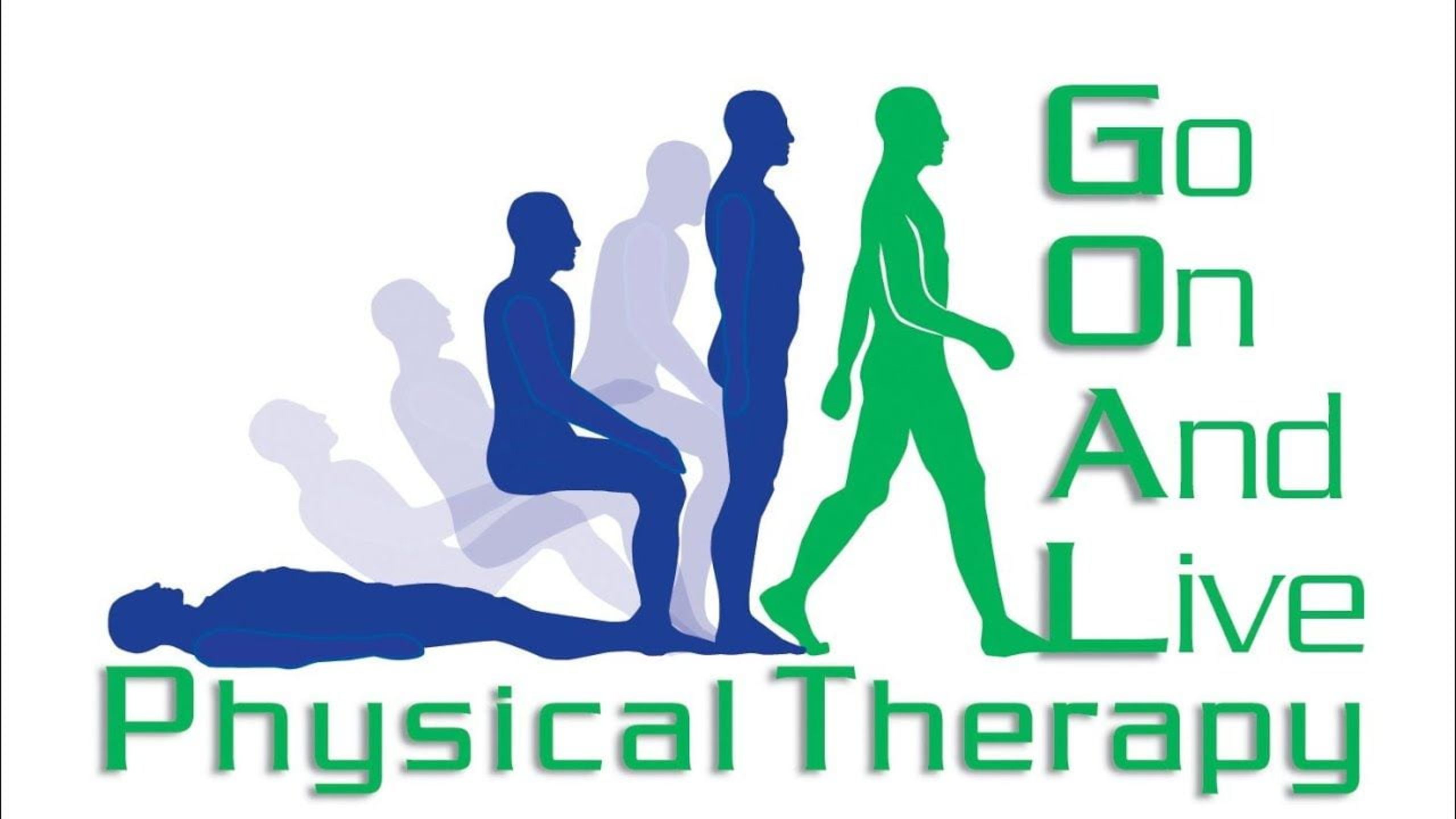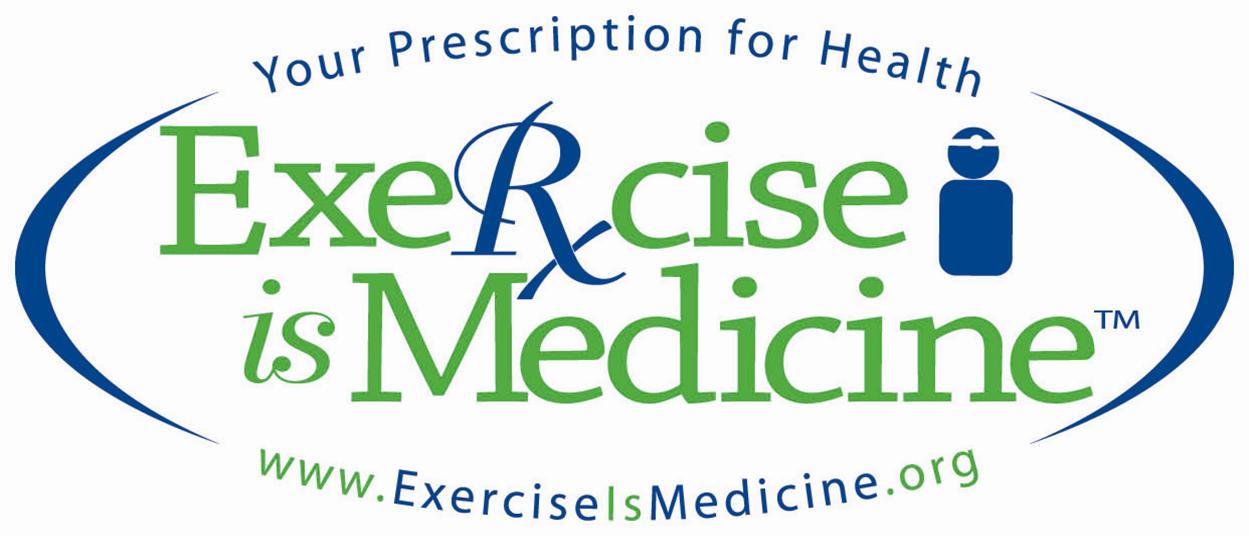Unlocking Potential: The Case for Research Investment in Physical/Exercise Therapy in Kenya
In Kenya, a nation pulsating with vitality and ambition, there’s a burgeoning need for holistic healthcare solutions. Among these, physical and exercise therapy stands out as a beacon of hope for many grappling with a myriad of health challenges. Yet, despite its potential to transform lives, the field remains underexplored and underfunded. Today, we delve into the importance of research investment in physical/exercise therapy in Kenya, and why it’s pivotal for the nation’s health and well-being.

Understanding the Landscape
Kenya, like many developing nations, faces a dual health burden: infectious diseases and the rising tide of non-communicable diseases (NCDs). From musculoskeletal disorders to cardiovascular ailments, the prevalence of NCDs is on the rise, fueled by urbanization, changing lifestyles, and an aging population. In this milieu, physical and exercise therapy emerges as a cost-effective, non-invasive intervention with the potential to alleviate suffering and reduce healthcare costs in the long run.

The Power of Movement
Physical and exercise therapy isn’t just about moving muscles; it’s about empowering individuals to reclaim their lives. Through targeted exercises, rehabilitation programs, and lifestyle modifications, it addresses the root causes of health issues rather than merely managing symptoms. Whether it’s aiding recovery post-injury, managing chronic pain, or enhancing mobility in the elderly, its benefits are manifold and transformative.
The Research Imperative
Yet, to unlock the full potential of physical and exercise therapy in Kenya, robust research is indispensable. Here’s why:
- Tailored Interventions: Research enables the customization of therapy protocols to suit the unique needs of Kenyan patients, considering factors such as cultural practices, socioeconomic status, and prevalent health conditions.
- Evidence-Based Practice: By generating empirical evidence, research validates the efficacy of therapy interventions, instilling confidence among healthcare practitioners and policymakers and promoting their integration into mainstream healthcare systems.
- Innovation and Progress: Investment in research fosters innovation, paving the way for the development of novel techniques, technologies, and treatment modalities that can revolutionize the delivery of physical and exercise therapy services.
- Health Economics: Research elucidates the cost-effectiveness of therapy interventions, demonstrating their value proposition to healthcare payers and facilitating the allocation of resources towards preventive and rehabilitative care.

Charting the Path Forward
To realize the vision of a healthier, more vibrant Kenya, concerted action is required on multiple fronts:
- Investment: Governments, philanthropic organizations, and private sector stakeholders must increase funding for research in physical and exercise therapy, recognizing it as a strategic investment in the nation’s health capital.
- Capacity Building: Efforts should be made to strengthen the research infrastructure, enhance the skills of healthcare professionals in research methodologies, and foster collaborations between academia, healthcare institutions, and grassroots organizations.
- Community Engagement: Research endeavors should be community-centered, with active involvement from diverse stakeholders, including patients, caregivers, and local communities, ensuring that interventions are culturally appropriate and socially inclusive.
- Policy Support: Policymakers need to enact supportive policies that prioritize the integration of physical and exercise therapy into national healthcare frameworks, incentivize research initiatives, and promote interdisciplinary collaboration across healthcare sectors.

Conclusion
In the tapestry of healthcare, physical and exercise therapy shines as a thread of resilience and healing. By investing in research, Kenya has the opportunity to weave a brighter future, where every individual can unleash their potential and thrive in health and vitality. It’s time to take the leap, to embrace innovation, and to chart a course towards a healthier, happier nation.
Together, let’s unlock the power of movement, one step at a time.












